[raw bean file] introduction to Huang Bourbon, Queen's Manor of Brazil
[introduction to the Manor]:
This coffee comes from FazendaRainha (Queen's Manor), which covers an area of 280mu and is located in Vale da Grama, an ancient volcanic valley in Brazil.
In 2011, the manor won the championship in the COE competition in Brazil. Fazenda Rainha is owned by the prestigious and respectable coffee family Carvalho Dias family. Since the first Brazilian COE Competition in 1999, Carvalho Dias's four major estates have won awards every year, winning more than 12 times in the past 7 years, and even arranged for the champion, 9th, 11th and so on in 2004, many large and small estates in Brazil. After years of hoping to be shortlisted and difficult to win, the family's manor has taken away many awards in successive years. Even the Queen Manor Fazenda Rainfa bought by Osher enjoys a brilliant record: 2000 runner-up, 2001 second runner-up, 2005 29th place, and so far, Queen's Manor has won three awards.
The Carvalho Dias family is also a founding member of the Brazilian Fine Coffee Association. The insistence on coffee quality and the maintenance of the environment are obvious to all. In the family farm, the use of natural waterfalls to develop pollution-free hydropower, self-sufficient electricity demand (another award-winning member of the family is named Falls Manor after this waterfall) Construction of churches, classrooms, nurseries, medical stations, maintenance of primitive forests of native animals and plants, and continuous afforestation. In the case of the Queen's Manor, the environmental protection is quite thorough. Because of the high terrain and non-plain terrain, it is impossible to use machines to harvest, and the fruits can be harvested completely by hand. And plant low-yield and high-quality bourbon species, as the essence of high-quality Brazilian coffee on behalf of the manor!
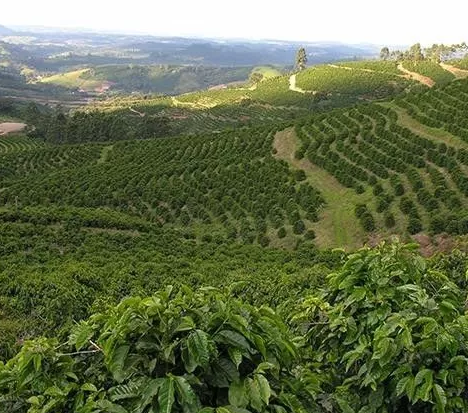
There are 200 mu of Huangbo coffee trees planted in the manor, and the undulating mountains make it impossible for large-scale mechanical harvesting, so all the coffee here needs to be harvested by hand. The manor is washed with water, dried by a drying rack and baked by a dryer, and mechanical screening is supplemented by manual screening. a lot of work requires farm employees to live on the farm all year round. However, all employees and their families can enjoy housing, health care and education benefits here.
The estate is a member of a local Grama Valley medium-sized farm organization that mainly exports boutique coffee from bourbon varieties. The organization's office is located in nearby Pocos de Caldas, and they also have a national cup testing laboratory with a large warehouse. The group also works with local universities and other institutions to conduct research, including Lavras University, where the famous Dr. FlavioBorem is from its agricultural research center.
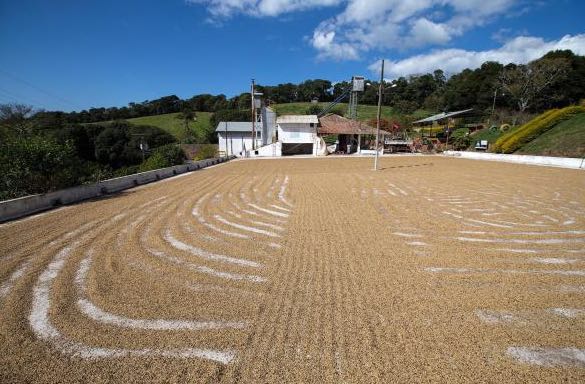
Award record of Queen's Manor:
13th in 2014 COE Cup of Excellence
No. 02 COE Cup of Excellence in 2013
No. 08 COE Cup of Excellence in 2012
2011 COE Excellence Cup Champion
No. 20 in 2010 COE Cup of Excellence
No. 06 COE Cup of Excellence in 2009
No. 14 in 2008 COE Cup of Excellence
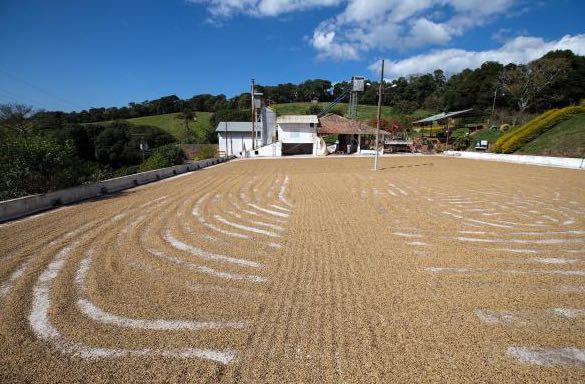
Queen's Manor of Brazil
[country] Brazil: s ã o Paulo Sao Paulo state near S ã o Sebasti ã o da Grama
[manor name] Queen's Manor (Fazenda Rainha)
[owner] Regina Helena Mello de Carvalho Dias belongs to the Carvalho Dias family
Huang bourbon, Yellow Bourbon
[treatment] hand extraction, followed by half-sun treatment
[Origin] Queen's Manor of Brazil (Morgiana) producing area.
Yellow bourbon
[altitude] 1400-1950m
[treatment method] half-sun exposure
[flavor] Sweet, clean and half-sunny beans will brighten her acidity but match the sweetness, and some of them even have tropical fruit aromas, especially the overflowing aroma of cooking.
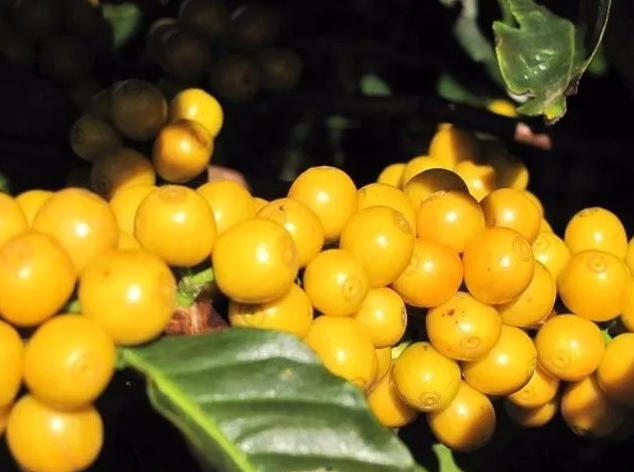
This bean is 100% yellow bourbon, and its provenance can be traced back to Reunion Island, Madagascar, where bourbon originated. French explorers brought coffee here for the first time in the 18th century, so this breed is also called French missionary. In the 20th century, it was brought to the African continent and then introduced to Brazil, and its derived varieties are now all over Africa and America. The fruit of the bourbon species grown in Brazil is yellow because of its recessive genes.
The bean is treated with the Cerezadescascado method invented in Brazil, a natural treatment similar to honey treatment that makes the coffee taste more round, somewhere between washing and full-sun treatment. During the treatment, a small amount of water is used to remove the pulp and peel, and then the coffee is dried directly on the drying rack, which is constantly turned over to ensure that all the coffee is exposed to the sun. after several days of drying, mechanical drying is carried out to achieve the appropriate water content.
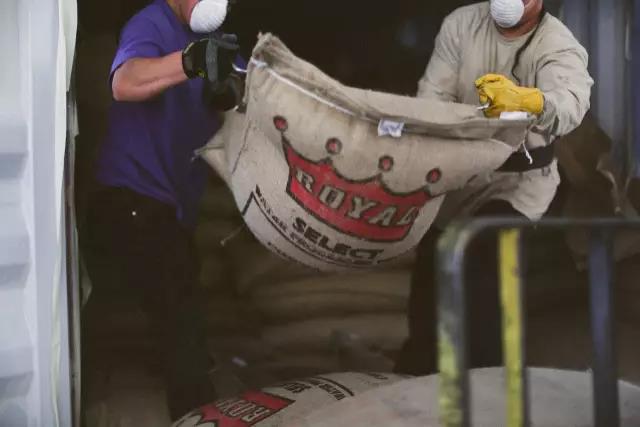
The nature of the treated coffee beans is relatively stable and can be preserved for a long time. The beans have high density, low water content, and large coffee bean particles. 98% of the beans can reach more than 16 mesh, half of them can reach 18 mesh, and the moisture content of raw beans is 9.9%.
The raw bean is solid and has a good flavor, with a hint of orange peel and spice, grilled and exudes a rich sweet flavor of roasted hazelnut, cinnamon and pumpkin pie.
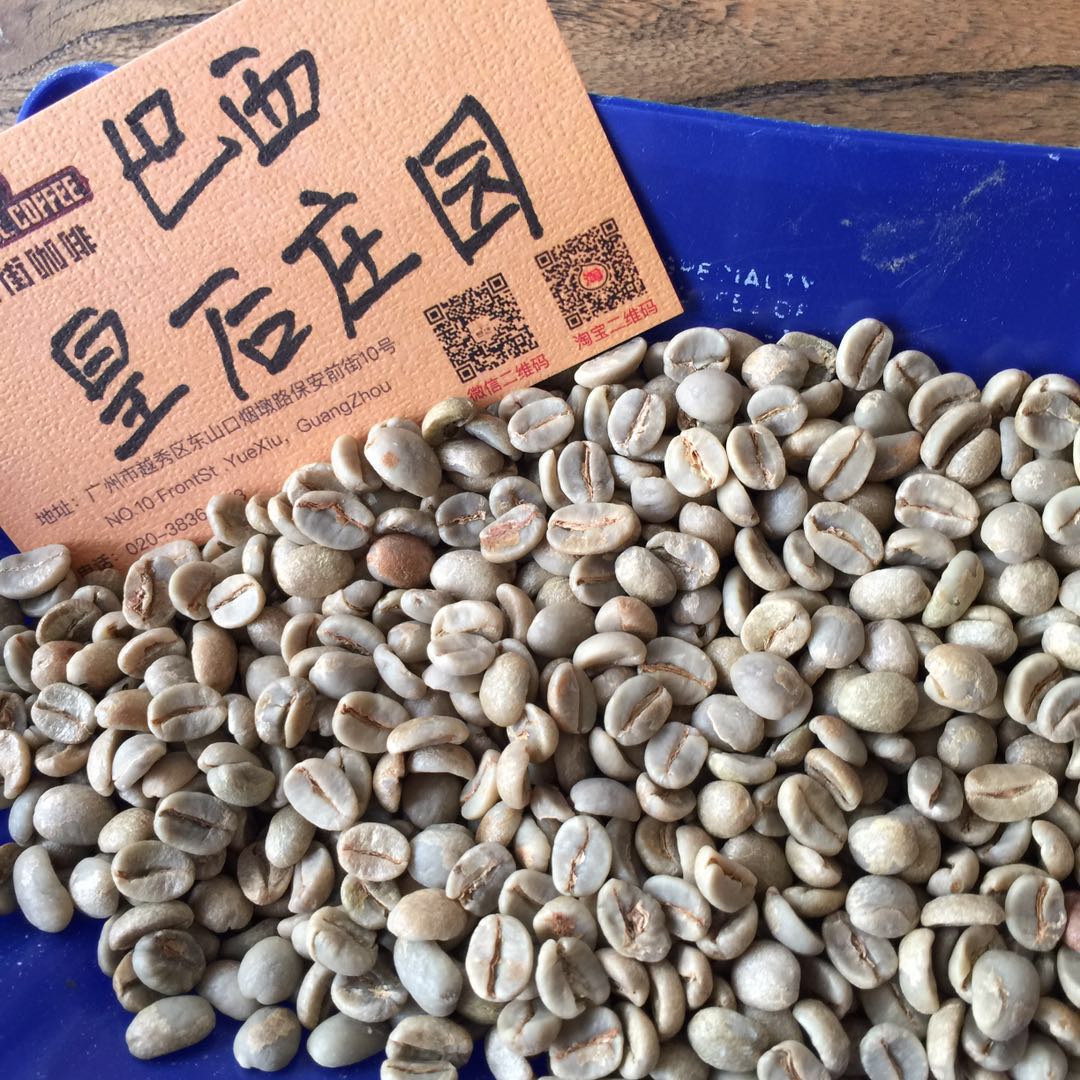
[baking analysis]
The raw bean is solid in quality and has a good flavor, with a hint of orange peel and spice.
Moisture content of raw beans is 9.9%.
The water content of the beans is relatively low, which makes the beans have a strong ability to absorb heat, so the baking plan is to put the beans into the beans at 200 degrees, then the fire and small throttle to speed up dehydration, and when the dehydration stage is over, open the stroke door and medium heat to let Maillard react. Don't be in such a hurry, close to an exploding tail.
550g of beans
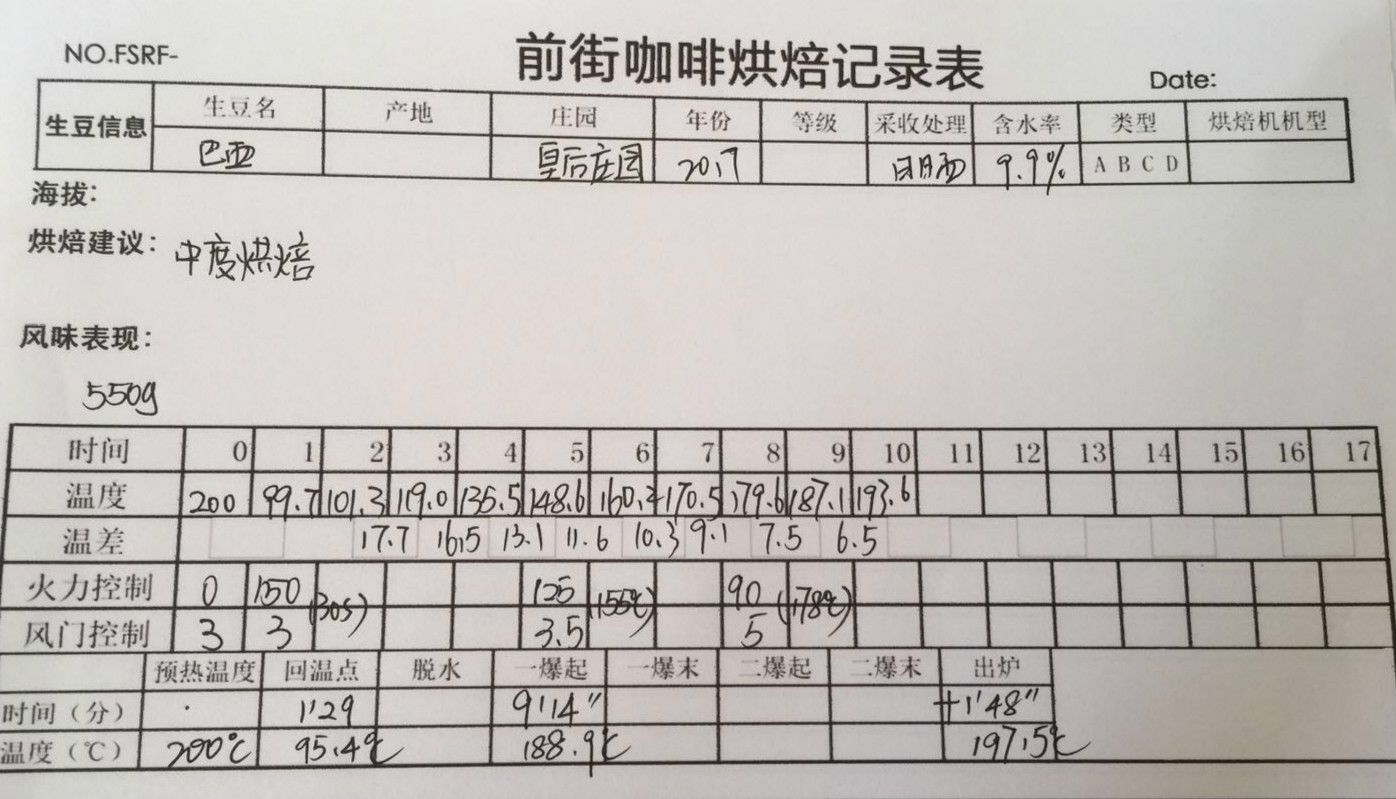
[cup test]
Dry aroma: roasted hazelnut, cinnamon
Wet aroma: slightly tropical fruit aroma, cream, sucrose
Delicate nutty, fruity, creamy peanuts on the palate
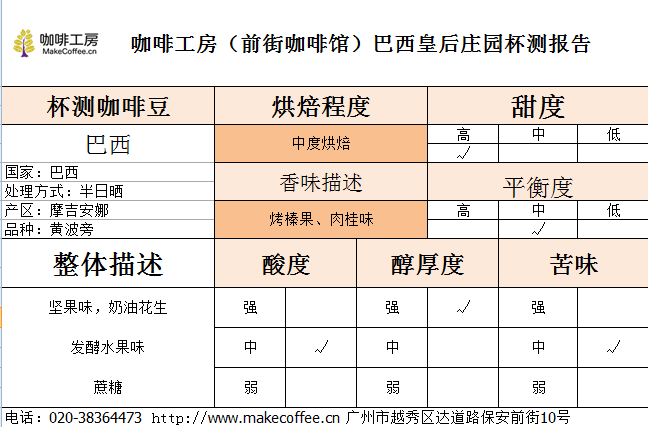
Hand-made suggestion
Queen's Manor of Brazil. 15g powder, medium grinding (small Fuji ghost tooth cutter 4 grinding), v60 filter cup, 88-89 degrees water temperature, 30g water injection for the first time, steaming for 27 seconds, water injection to 105g water cut off, wait for the amount of water in the powder bed to reach half and then water injection, slow water injection until 225g water, no water powder ratio at the end, 1:15, extraction time 2:00
[flavor] Sweet, clean and half-sunny beans will brighten her acidity but match the sweetness, and some of them even have tropical fruit aromas, especially the overflowing aroma of cooking. Delicate citric acid, Sugar cane juice's sweet, black tea, smooth and delicate taste.
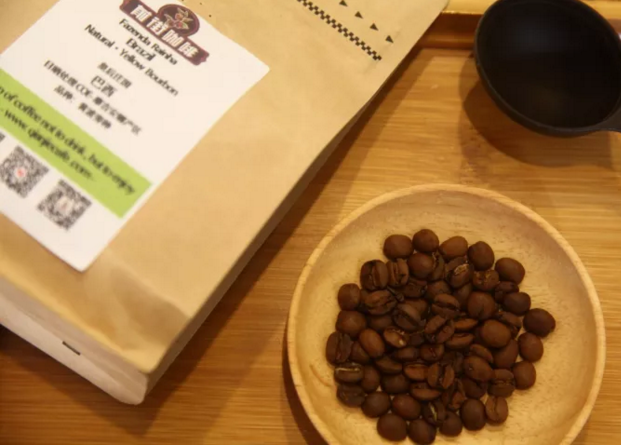
Important Notice :
前街咖啡 FrontStreet Coffee has moved to new addredd:
FrontStreet Coffee Address: 315,Donghua East Road,GuangZhou
Tel:020 38364473
- Prev

Queen of Brazil Estate Yellow Bourbon| Coffee Workshop Study Room
This coffee comes from Fazenda Rainha (Queen's Estate), which covers an area of 280 acres and is located in Vale da Grama, an ancient volcanic valley in Brazil. In 2011, the estate won the Brazilian COE competition. Fazenda Rainha belongs to the famous and respected Carvalho Dias family.
- Next
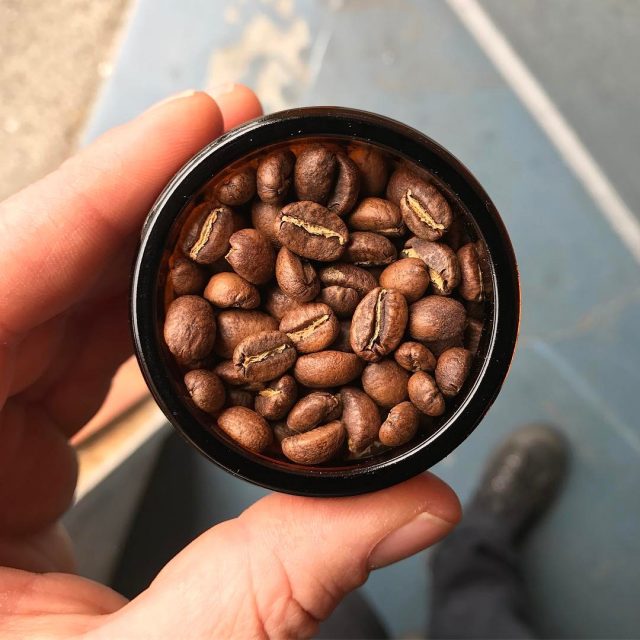
Santa Philippa Red Iron pickup, the most famous organic coffee farm in Guatemala
Santa Philippa, the most famous organic coffee estate in Guatemala, was founded in 1904 in the Mayan aboriginal area and has coexisted peacefully with the Mayans for a hundred years. To this day, the Mayans still work on the manor, and the family of the manor owners has entered the fourth generation. The picking and handling process is famous for its attention to detail. After the first bidding in 2011, operator Anthony found that roasters from all over the world had a taste for flavor.
Related
- Does Rose Summer choose Blue, Green or Red? Detailed explanation of Rose Summer Coffee plots and Classification in Panamanian Jade Manor
- What is the difference between the origin, producing area, processing plant, cooperative and manor of coffee beans?
- How fine does the espresso powder fit? how to grind the espresso?
- Sca coffee roasting degree color card coffee roasting degree 8 roasting color values what do you mean?
- The practice of lattes: how to make lattes at home
- Introduction to Indonesian Fine Coffee beans-- Java Coffee producing area of Indonesian Arabica Coffee
- How much will the flavor of light and medium roasted rose summer be expressed? What baking level is rose summer suitable for?
- Introduction to the characteristics of washing, sun-drying or wet-planing coffee commonly used in Mantenin, Indonesia
- Price characteristics of Arabica Coffee Bean Starbucks introduction to Manning Coffee Bean Taste producing area Variety Manor
- What is the authentic Yega flavor? What are the flavor characteristics of the really excellent Yejasuffi coffee beans?

